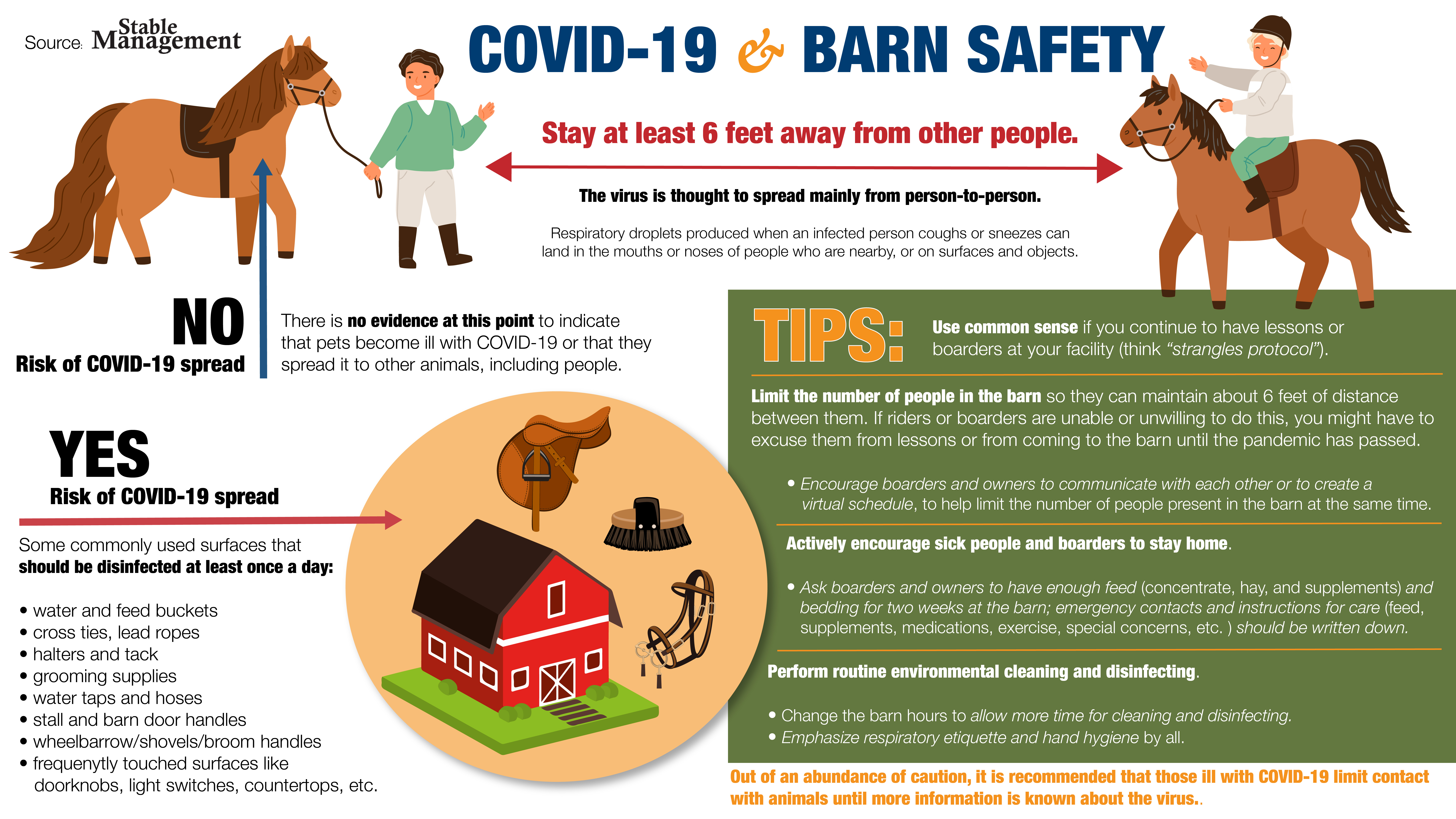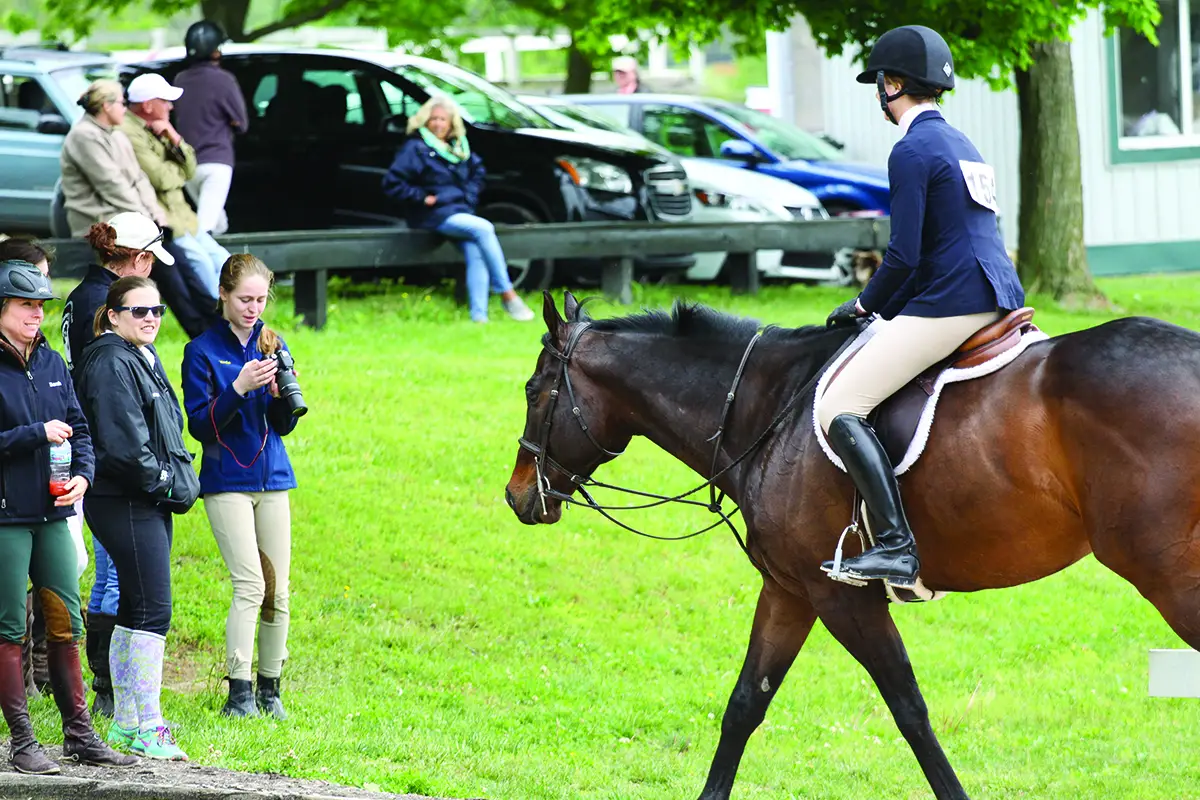Turning out a horse is an essential aspect of horse care and management. It encompasses the process of exercising, grooming, and allowing the horse to have some free time in a paddock or pasture. Turning out a horse is not only important for their physical health but also for their mental well-being. This article will delve into the meaning of turning out a horse, the benefits it offers, and the best practices for turning out horses.
Understanding Turnout

Turnout refers to the time when a horse is allowed to roam freely in a paddock or pasture. This can be for a few hours a day or for longer periods, depending on the individual horse’s needs and the owner’s management practices. Turnout time provides horses with the opportunity to move around, graze, socialize with other horses, and generally enjoy a break from the confines of a stall or stable.
Benefits of Turnout
Physical Health
One of the primary benefits of turnout is the positive impact it has on a horse’s physical health. When horses are turned out, they have the freedom to move around, which helps in maintaining their musculoskeletal health. Regular movement and exercise aids in preventing stiffness, improving circulation, and promoting overall fitness. Additionally, turnout allows horses to engage in natural behaviors such as grazing, which is beneficial for their digestive health.
Mental Well-being
In addition to the physical benefits, turnout also plays a crucial role in supporting a horse’s mental well-being. Horses are naturally social animals, and being turned out allows them to interact with other horses, fostering social bonds and reducing stress and boredom. This can have a significant impact on their overall temperament and behavior, leading to a happier and more content equine companion.
Preventing Behavioral Issues
Turnout can also help prevent or alleviate certain behavioral issues in horses. When confined to a stall for extended periods, horses may develop vices such as weaving, cribbing, or pacing, as a result of stress or boredom. Turnout provides horses with mental stimulation and the opportunity to expend energy, reducing the likelihood of developing such behaviors.
Best Practices for Turnout

Assessing Individual Needs
It’s important to recognize that not all horses have the same turnout requirements. Factors such as age, health, fitness level, and temperament should be taken into consideration when determining the appropriate amount of turnout for each horse. Some horses may benefit from daily turnout, while others may require more limited access to pasture due to health concerns or dietary restrictions.
Proper Grazing Management
When horses are turned out to pasture, it’s crucial to manage their grazing to prevent overconsumption of grass, which can lead to weight gain and potential health issues such as laminitis. Rotating pastures and using grazing muzzles can help regulate the amount of grass intake and ensure the horses’ nutritional needs are met without overindulgence.
Supervision and Safety
While turnout offers numerous benefits, it’s essential to supervise horses during their time in the paddock or pasture to ensure their safety. Checking for hazards, secure fencing, and monitoring the horses’ interactions with one another can help prevent injuries and maintain a safe environment for all horses.
Weather Considerations
Weather conditions should also be taken into account when planning turnout. Extreme heat, cold, or inclement weather may necessitate adjustments to turnout schedules to ensure the horses’ comfort and well-being. Providing shelter and access to fresh water during turnout is crucial, especially in adverse weather conditions.
Managing Turnout in Different Settings

Stable Environments
In stable environments, where horses are kept in stalls for a significant portion of the day, turnout becomes even more crucial. Establishing a consistent turnout schedule and providing ample time for horses to move and graze can help mitigate the physical and mental impact of prolonged confinement.
Pasture Management
For horses living in pasture-based systems, managing turnout involves considerations such as rotational grazing, maintaining pasture health, and monitoring the overall well-being of the horses in a more expansive outdoor setting.
Training and Competition
In training and competition settings, turnout may be more limited due to rigorous exercise schedules and the need to maintain peak physical condition. In such cases, incorporating regular turnout, even if brief, can still offer significant benefits to the horses’ overall well-being.
Curious about horse behavior and what it means when a horse bows, gets cast, or opens its mouth? Check out our articles on what it means when a horse bows to you, what it means when a horse gets cast, and what it means when a horse opens its mouth for more insight into the fascinating world of equine communication!
Conclusion

In conclusion, turning out a horse is a fundamental aspect of equine care that offers a wide range of physical and mental benefits. Understanding the individual needs of horses, managing grazing, ensuring safety, and considering different environmental settings are all crucial elements in effective turnout management. By prioritizing turnout as a core component of horse care, owners and caretakers can contribute to the overall health and happiness of their equine companions.



